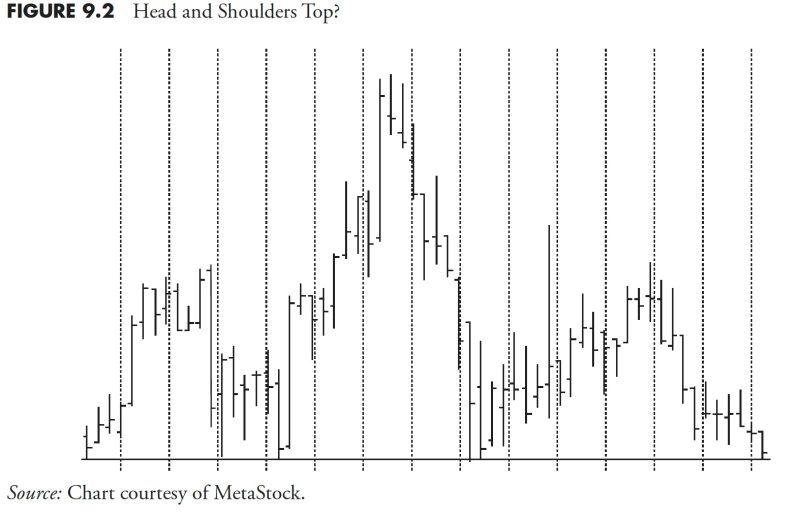In the world of financial markets, market research and analysis play a critical role in decision-making processes. Technical indicators are an essential tool used by analysts and traders to better understand market trends and make informed investment decisions. In this article, we will delve deeper into the realm of technical indicators and how they are applied in market research and analysis.
Moving Averages
One of the most common and widely used technical indicators is the Moving Average. This indicator smooths out price data to create a single flowing line, which represents the average price of an asset over a specified period. Moving averages are helpful in identifying the overall trend of an asset and can assist in determining support and resistance levels.
There are various types of moving averages, such as the Simple Moving Average (SMA) and the Exponential Moving Average (EMA). The SMA gives equal weight to each data point in the calculation, while the EMA places more importance on recent data points. Traders often use the crossover of two moving averages as a signal to enter or exit a trade.
Relative Strength Index (RSI)
The Relative Strength Index, or RSI, is another popular technical indicator used to measure the speed and change of price movements. The RSI oscillates between 0 and 100 and is typically plotted beneath a price chart. An asset is considered overbought when the RSI approaches or crosses the 70-level, indicating a possible reversal or correction. Conversely, an asset is deemed oversold when the RSI falls near or below the 30-level, suggesting a potential buying opportunity.
RSI can help traders spot potential trend reversals or confirm existing trends. However, it is essential to use the RSI in conjunction with other technical indicators to avoid false signals and improve the overall accuracy of trading decisions.
Bollinger Bands
Bollinger Bands are a dynamic technical indicator that consists of a simple moving average in the middle, flanked by two standard deviations above and below the moving average. The bands expand and contract based on market volatility, providing insight into potential price breakouts or reversals.
When an asset’s price touches or crosses the upper Bollinger Band, it may indicate that the asset is overbought and could experience a pullback. Conversely, a touch or breach of the lower band suggests that the asset is oversold and may be due for a bounce back upwards. Traders often look for price action near the bands to generate trading signals.
In conclusion, technical indicators are powerful tools that help traders and analysts gain valuable insights into market trends and price movements. By understanding and utilizing indicators like moving averages, RSI, and Bollinger Bands, market participants can enhance their market research and analysis capabilities, leading to more informed trading decisions. By combining technical indicators with fundamental analysis and market knowledge, traders can develop a comprehensive strategy to navigate the complexities of the financial markets successfully.




























